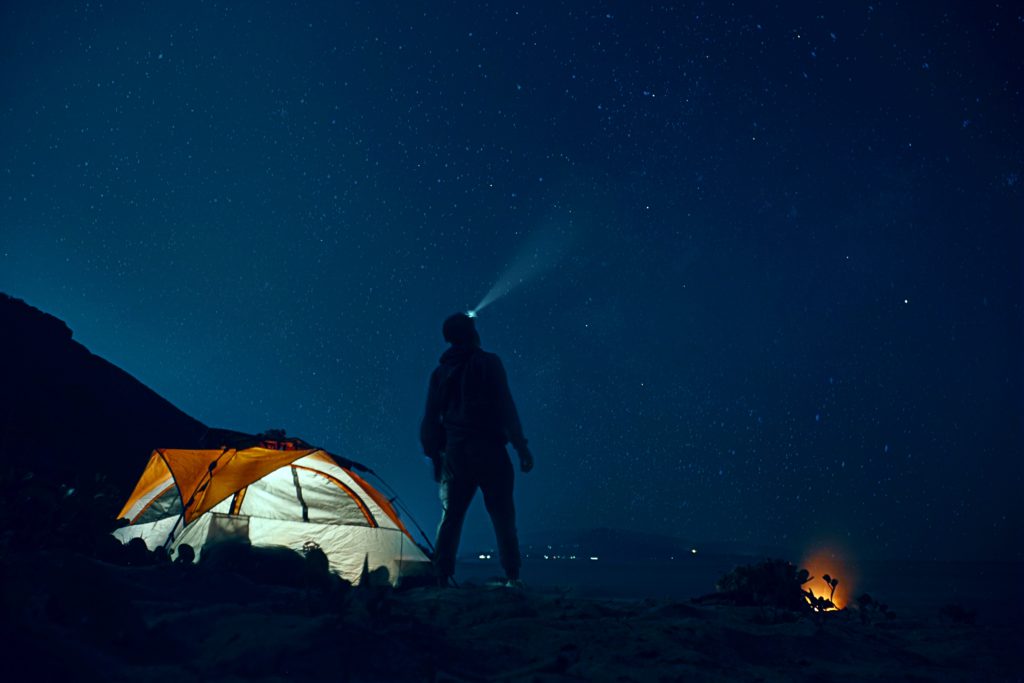Backyard Blackout Creating A Perfect Stargazing Environment

Have you ever looked up at the sky and wondered what it would be like to explore the vast universe beyond our planet? Well, you are not alone. People from all over the world have been fascinated with what lies beyond our planet for centuries. In fact, it's a topic that has inspired countless books, movies, and even TV shows.
If you're one of those people who've always been fascinated by the universe and the stars, then we have some great news for you! You don't have to be an astronaut or a rocket scientist to explore space. All you need is a clear night sky and a little bit of knowledge about stars.
In this post, we'll be discussing how to stargaze from the comfort of your own backyard. So, grab a blanket, a pair of binoculars and let's get started!
How to Stargaze From Your Backyard
Stargazing is a great way to spend an evening, and it's something that the whole family can enjoy. Here are some tips to get you started:
1. Check the Weather
Before you head outside to stargaze, it's important to check the weather. Clouds, rain, and even wind can make it difficult to see the stars. Ideally, you'll want to choose a night when the skies are clear and the moon isn't too bright.
2. Find a Dark Spot
One of the most important things you can do when stargazing is finding a dark spot. Light pollution can make it difficult to see the stars. So, try to find an area away from streetlights and other sources of light pollution. Your backyard should be the perfect choice.
3. Get Comfortable
Stargazing can be a relaxing activity, which is why it's important to get comfortable. Grab a blanket, a lawn chair, or even a hammock, and make yourself comfortable. The more comfortable you are, the longer you'll be able to stargaze.
4. Be Patient
Stargazing is not a race, so take your time and be patient. It can take a few minutes for your eyes to adjust to the darkness. Be prepared to spend at least 30 minutes outside.
5. Look for Constellations
One of the easiest ways to stargaze is to look for constellations. You can use a constellation guide or a star chart to identify them. Some of the most popular constellations include Ursa Major, Orion, and Cassiopeia.
6. Use Binoculars
Binoculars can be a great tool for stargazing, especially if you're just starting out. They can help you see fainter stars and even some deep-sky objects like galaxies and nebulae.
7. Keep an Eye Out for Shooting Stars
Another exciting aspect of stargazing is seeing shooting stars. These are actually meteors, and they can be seen on almost any clear night. Keep your eyes peeled for streaks of light across the sky.
8. Learn More
If you want to learn more about stargazing, there are plenty of resources available online. You can find articles, videos, and even online courses to help you become an expert stargazer.
Tips & Tricks
Here are some additional tips and tricks to help you get the most out of your stargazing experience:
1. Use a Red Light
When stargazing, it's important to preserve your night vision. Using a red light instead of a white light can help with this. You can use a red light flashlight or cover your phone's flashlight with red tissue paper.
2. Dress Warmly
Stargazing can be chilly, especially on clear nights. Be sure to dress warmly and bring a jacket, even if it's summer.
3. Follow the Moon
While the moon can be bright, it can also be a great tool for stargazing. Follow the phases of the moon and try to stargaze when the moon is not too bright.
FAQ
1. Can you stargaze in the city?
Yes, you can stargaze in the city, but it may be more difficult due to light pollution. Try to find a spot away from streetlights and other sources of light pollution. You may also want to consider using binoculars to help you see the stars.
2. Can you stargaze during the day?
No, you cannot stargaze during the day. Stars are only visible at night when the sky is dark.
3. Do you need a telescope to stargaze?
No, you do not need a telescope to stargaze. While telescopes can help you see deep-sky objects like galaxies and nebulae, they are not necessary for enjoying the stars.
4. When is the best time to stargaze?
The best time to stargaze is on a clear night when the moon is not too bright. You'll also want to choose a time when you can be outside for at least 30 minutes.
5. Can you stargaze alone?
Yes, you can stargaze alone, but it's always better to stargaze with someone else. It's not only more fun, but it can also be safer to have someone with you.
So, there you have it! Everything you need to know about stargazing from your own backyard. It's a wonderful way to spend an evening, and who knows, you may even discover a new passion for the stars!


Post a Comment for "Backyard Blackout Creating A Perfect Stargazing Environment"